Maximizing SR&ED Benefits for Cutting-Edge Heat Transfer Equipment Development
The demand for advanced heat transfer equipment, such as Once Through Steam Generators (OTSGs) and Heat Recovery Steam Generators (HRSGs), continues to rise. Industries are continually seeking efficient, sustainable, and customized solutions. However, designing and manufacturing such equipment often involves overcoming significant technological uncertainties.
The Scientific Research and Experimental Development (SR&ED) program provides Canadian businesses with an opportunity to claim tax credits for R&D efforts. This in turn, helps companies mitigate the risks and costs of innovation. Let’s explore key areas of technological uncertainty in heat transfer equipment design and manufacturing and how SR&ED incentives can play a role.
Common Technological Uncertainties in Heat Transfer Equipment
-
Material Selection and Compatibility
- Challenge: Selecting materials capable of withstanding extreme temperatures and pressures while maintaining durability.
- Uncertainty: Determining material compatibility under varying operational conditions, such as exposure to corrosive fluids or thermal cycling.
- SR&ED Example: Experimenting with advanced alloys or coatings to prevent corrosion and enhance performance in high-temperature environments.
-
Fluid Dynamics and Heat Transfer Modeling
- Challenge: Accurately predicting fluid flow and heat transfer within complex systems.
- Uncertainty: Refining computational models to ensure they reliably simulate real-world performance across diverse conditions.
- SR&ED Example: Developing new mathematical models to optimize heat transfer efficiency while minimizing pressure drop within the system.
-
Efficiency Optimization
- Challenge: Achieving maximum heat transfer efficiency while balancing design constraints such as cost, space, and operational requirements.
- Uncertainty: Identifying the optimal configuration of heat exchange surfaces and flow pathways.
- SR&ED Example: Testing various tube arrangements and flow rates to reduce energy consumption while maintaining performance.
-
Scaling Up Designs
- Challenge: Translating a prototype into full-scale production without compromising performance.
- Uncertainty: Addressing how scale impacts heat transfer rates, structural integrity, and material behavior.
- SR&ED Example: Iterative testing to refine designs and validate performance metrics at industrial scales.
-
Integration with Existing Systems
- Challenge: Customizing heat transfer equipment to work seamlessly within established processes.
- Uncertainty: Ensuring compatibility with legacy systems and minimizing operational disruptions.
- SR&ED Example: Developing novel connection mechanisms or flow control technologies for seamless integration.
Advanced R&D Areas Supported by SR&ED
- Environmental and Safety Compliance: Innovating designs to meet stringent emissions and safety standards.
- Advanced Materials and Coatings: Exploring nanocoatings or composite materials to enhance durability and reduce fouling.
- Control Systems and Automation: Implementing smart sensors and AI-driven systems to optimize performance and reduce downtime.
Leveraging SR&ED for Success
At Ayming Canada, we help businesses unlock the full potential of SR&ED tax credits by identifying eligible R&D activities, documenting technological challenges, and maximizing claims. Whether you’re innovating in materials, automation, or system integration, we provide the expertise to ensure your breakthroughs are financially rewarded.
Optimize your designs. Scale with confidence. Innovate with Ayming.
Contact us today! (Blog Post)
One of our experts will be in touch shortly.




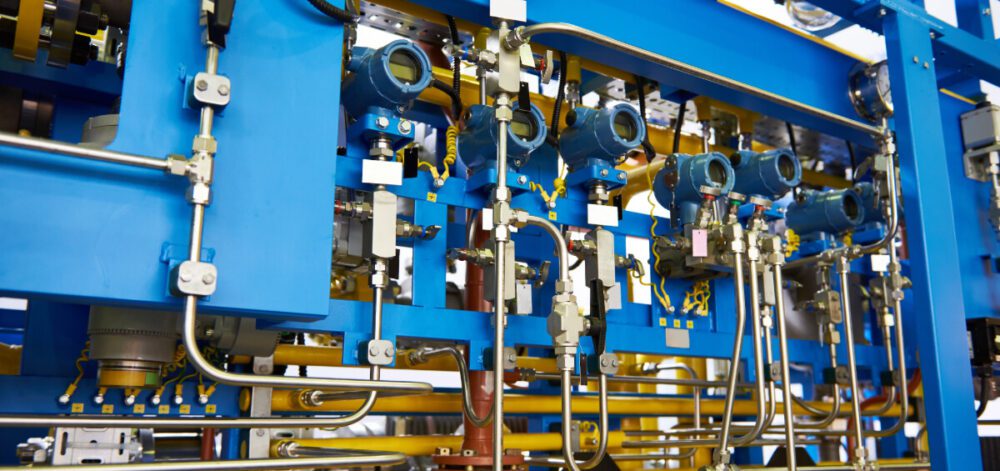
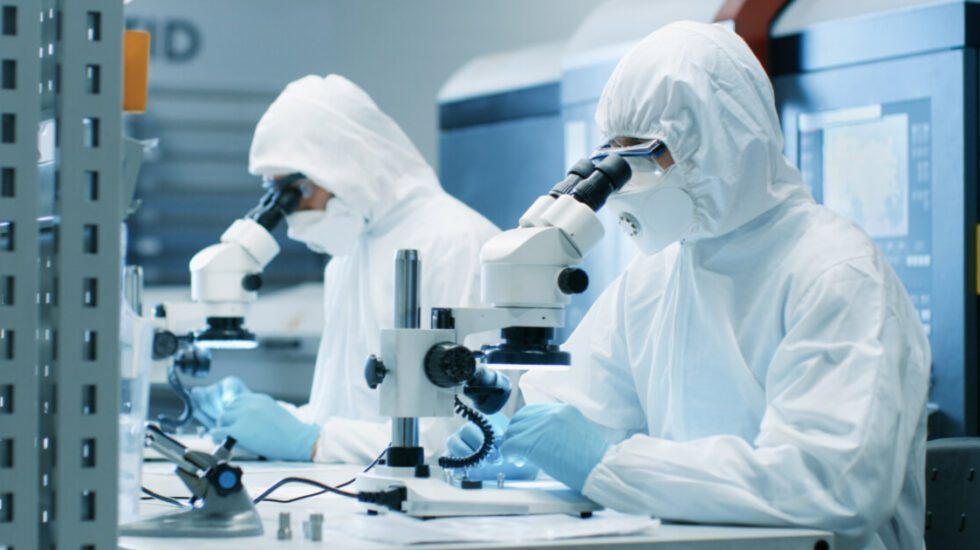


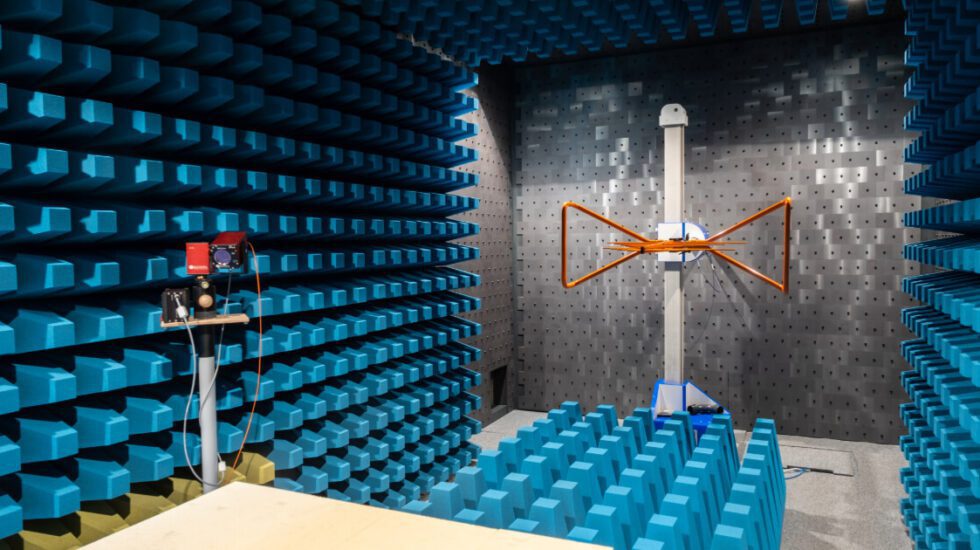

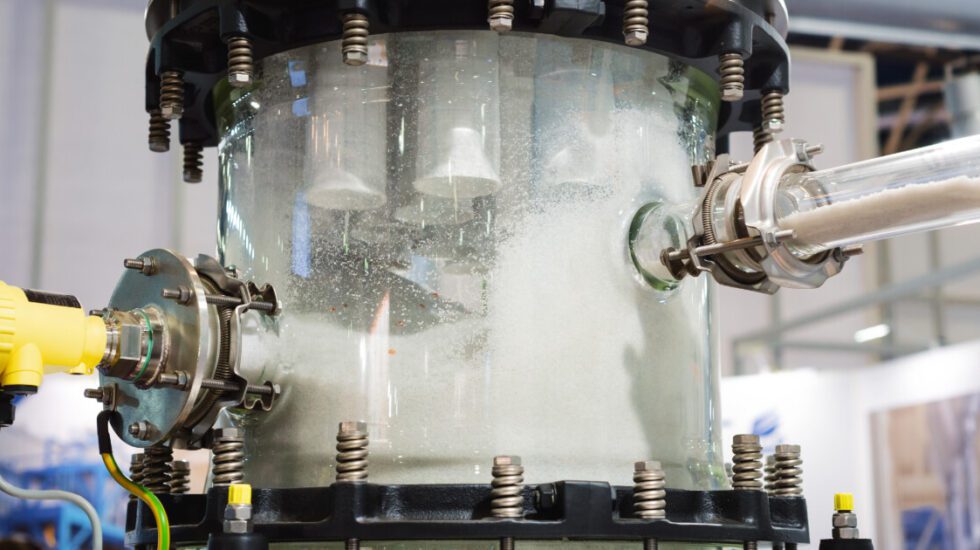
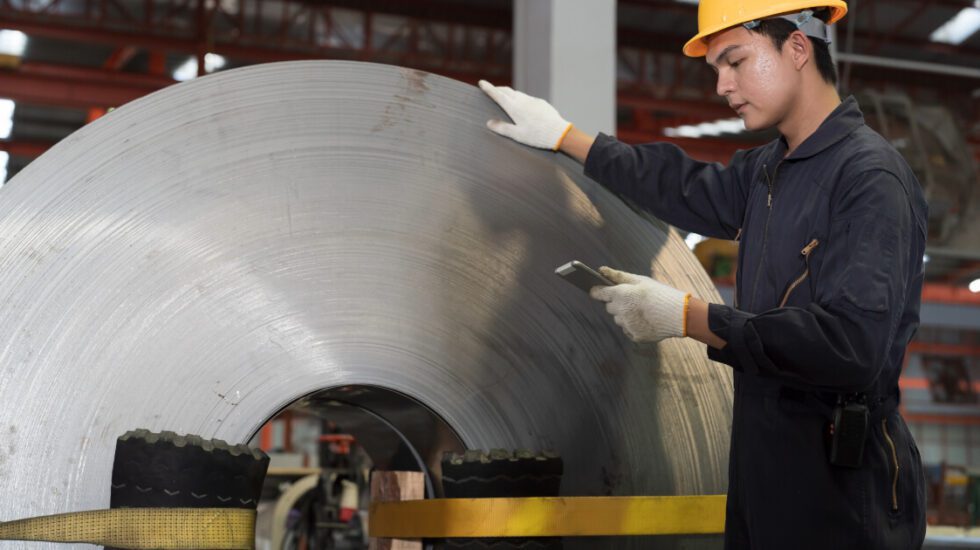
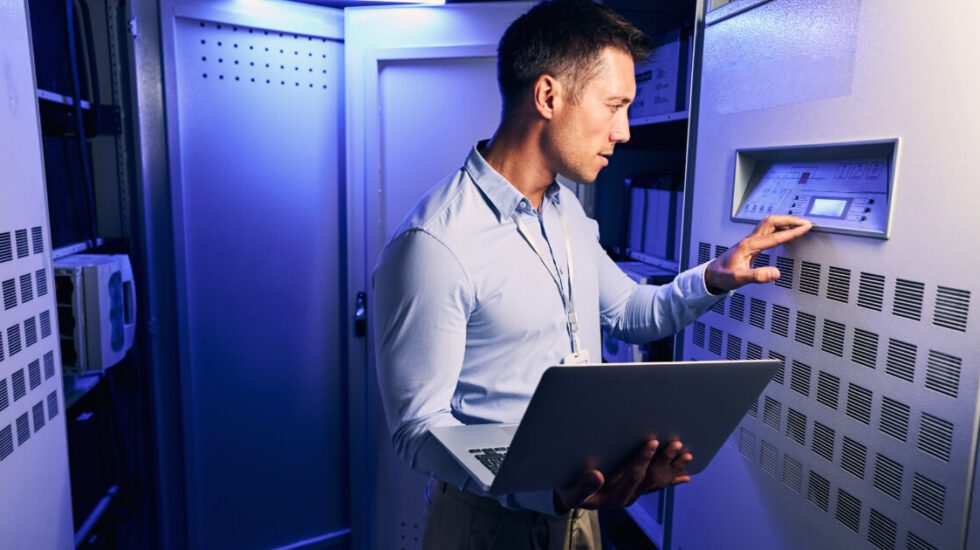

No Comments